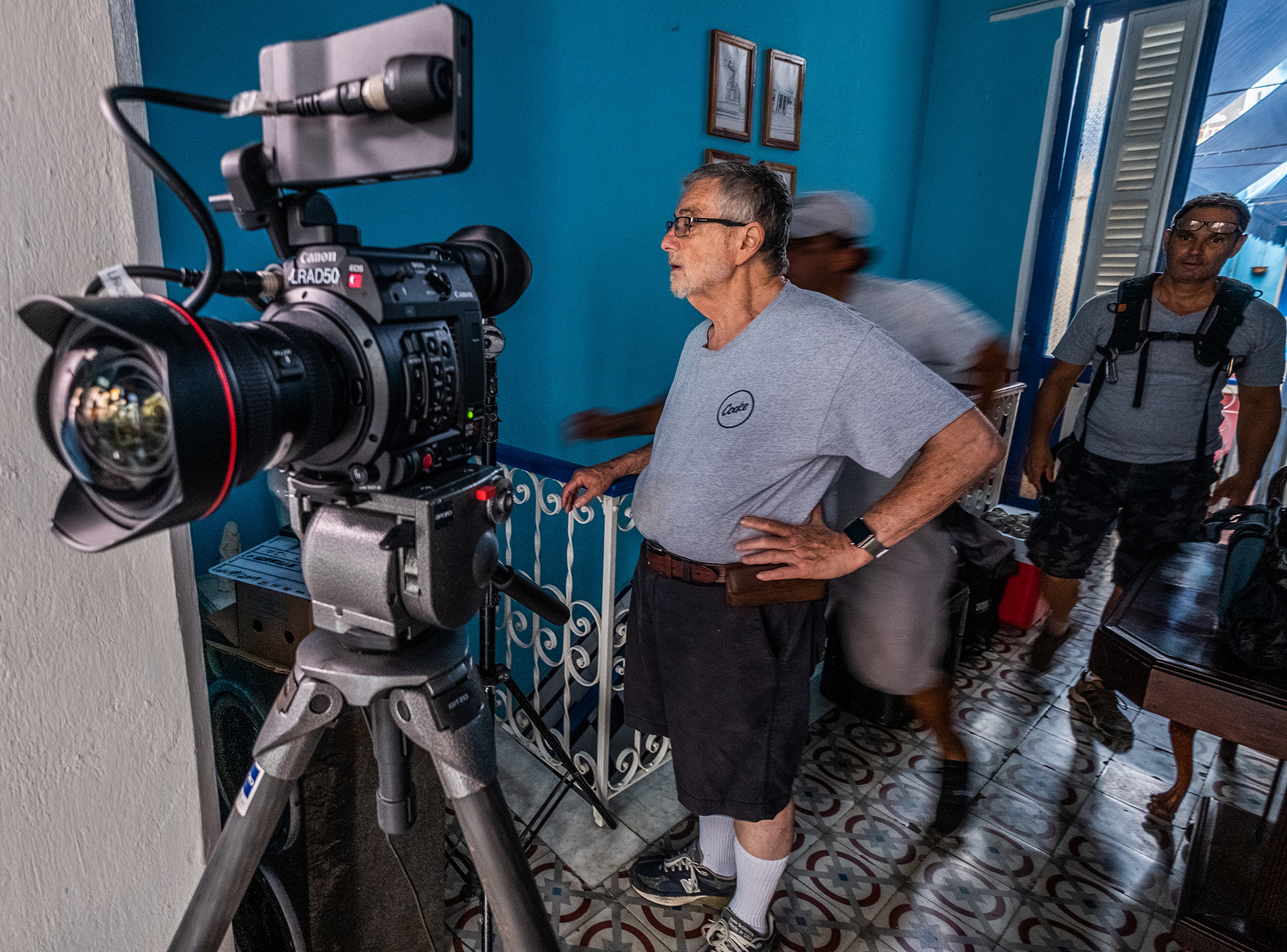Low-Light Misconceptions
People presume that it is the QUANTITY of light that is of issue, but QUALITY of light is the essence of cinematography.
This is a great opportunity to clarify a common misconception. People presume that it is the QUANTITY of light that is of issue — high ISO means less lighting. That was true in the days of ISO 25, 50 and 100, all of which I experienced. Once film ISOs got to 500 or so, it became far less of an issue, and with today’s usable ISOs of 800 to 3200, quantity of light is almost never an issue. But QUALITY of light is the essence of cinematography. It is amongst the principal contributors to mood, realism and character! Choosing to shoot when and where the existing natural light has the right mood and is flattering is a luxury that smaller productions are often better able to enjoy than larger productions where each minute costs far more. The believability of natural light is almost a given.

But a danger of working with natural light is BALANCE. The ratio of highlights to shadows may be so great that facial shadow detail may be lost or made irritatingly difficult to read. Detail that should be seen may be blown out — a phenomenon rarely seen with the human eye. Or else bright details of unimportant areas could distract the viewer’s eye from what’s important. All of this can be corrected, of course, with fill lights, flags, scrims, etc. Studios provide the opportunity to control every tonality easily and perfectly, but not cheaply, and often not quickly.
Enter the modern miracle of high exposure latitude and computer tracking of image adjustments! Almost independent of ISO speed, LATITUDE is what allows us to capture meaningful detail over a much wider exposure range.







